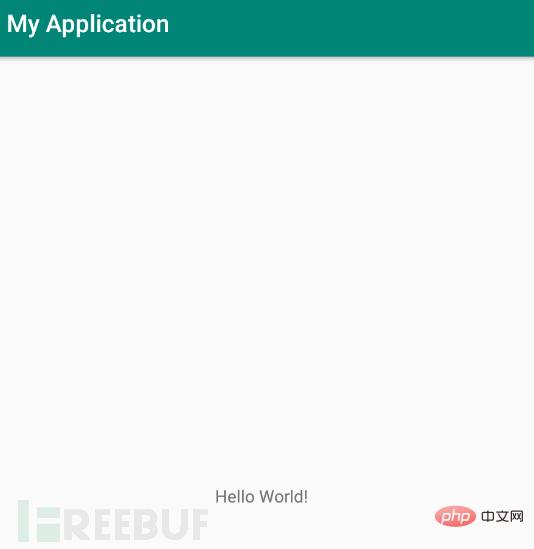在debian系統上利用openapi規范(即原swagger)進行api設計,通常需完成如下步驟:
<dependencies><dependency><groupid>io.springfox</groupid><artifactid>springfox-swagger2</artifactid><version>2.7.0</version></dependency><dependency><groupid>io.springfox</groupid><artifactid>springfox-swagger-ui</artifactid><version>2.7.0</version></dependency></dependencies>
請注意將示例中的版本號替換為你實際使用的版本。
- 設置Swagger配置:接下來,創建一個配置類以啟用Swagger并設定基礎信息。以下是一個基本的配置樣例:
import org.springframework.context.annotation.Bean; import org.springframework.context.annotation.Configuration; import springfox.documentation.builders.PathSelectors; import springfox.documentation.builders.RequestHandlerSelectors; import springfox.documentation.spi.DocumentationType; import springfox.documentation.spring.web.plugins.Docket; import springfox.documentation.swagger2.annotations.EnableSwagger2; @Configuration @EnableSwagger2 public class SwaggerConfig { @Bean public Docket api() { return new Docket(DocumentationType.SWAGGER_2) .select() .apis(RequestHandlerSelectors.any()) .paths(PathSelectors.any()) .build(); } }
該配置類激活了Swagger功能,并指示其掃描所有可用的API接口以生成文檔。
- 利用注解描述API內容:在Controller類中使用Swagger提供的注解來說明API的具體功能。例如:
import io.swagger.annotations.Api; import io.swagger.annotations.ApiOperation; @Api(tags = "Sample API") public class SampleController { @ApiOperation(value = "Get sample data", notes = "Returns a sample data") public String getSampleData() { return "Sample Data"; } }
- 打開Swagger UI界面:運行spring boot項目后,訪問 https://www.php.cn/link/cb452a055afac7b677e7241a531b617d UI頁面,其中展示了所有已定義的API及其詳細描述。
注意事項:
- 確保你的Spring Boot環境已經正確搭建并成功啟動。
- 如果你使用的是Spring Boot 2.x版本,上述配置和注解是適用的。若使用其他框架,則可能需要查閱對應框架的文檔來進行Swagger配置。
按照以上流程操作,你就可以在部署于Debian系統的Spring Boot項目中使用Swagger來進行API的設計與管理了。
希望這些內容能對你有所幫助!如有進一步問題,歡迎繼續交流。
? 版權聲明
文章版權歸作者所有,未經允許請勿轉載。
THE END



















